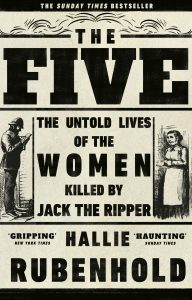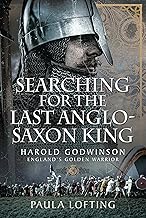 Searching for the Last Anglo-Saxon King by Paula Lofting has the subtitle Harold Godwinson- England’s Golden Warrior. That probably gives a clue as to Ms Lofting’s overall view of her subject, but that doesn’t mean this isn’t a well-researched historical biography which looks at Harold from all angles. It is. The author has managed to combine some impressive research with a well-told story about a somewhat neglected historical character.
Searching for the Last Anglo-Saxon King by Paula Lofting has the subtitle Harold Godwinson- England’s Golden Warrior. That probably gives a clue as to Ms Lofting’s overall view of her subject, but that doesn’t mean this isn’t a well-researched historical biography which looks at Harold from all angles. It is. The author has managed to combine some impressive research with a well-told story about a somewhat neglected historical character.
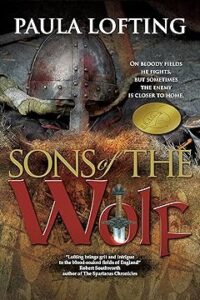 Paula Lofting has previously been known as a novelist, having published two books in a series set in Anglo-Saxon England during the years leading up to the Battle of Hastings. Presumably this led to her first foray into historical biography. There is something of a novelist’s colloquial style in this book, which makes it entertaining and easy to read.
Paula Lofting has previously been known as a novelist, having published two books in a series set in Anglo-Saxon England during the years leading up to the Battle of Hastings. Presumably this led to her first foray into historical biography. There is something of a novelist’s colloquial style in this book, which makes it entertaining and easy to read.
Ms Lofting handles her research very well, giving a straightforward account of the sources available for this period and the biases of the various chronicles. She presents the different arguments in an even-handed manner but isn’t afraid to give her own opinion about the most likely course of events while acknowledging the historical uncertainty.
The book is detailed, but broken down not only into chapters but also into sub headings. I found this surprising at first but it actually makes light work of some of the more dense chapters about Harold’s family background.
Above all, this is a fascinating and entertaining account of the last Anglo-Saxon king which presents him as a leader, a family man and a man of his time. I suspect Harold is one of those historical characters that many people have heard of but few know much about. Ms Lofting’s Harold Godwinson is so much more than the man who died at the Battle of Hastings and I thoroughly enjoyed this book. It may be her first journey into historical biography but I hope it is not her last.

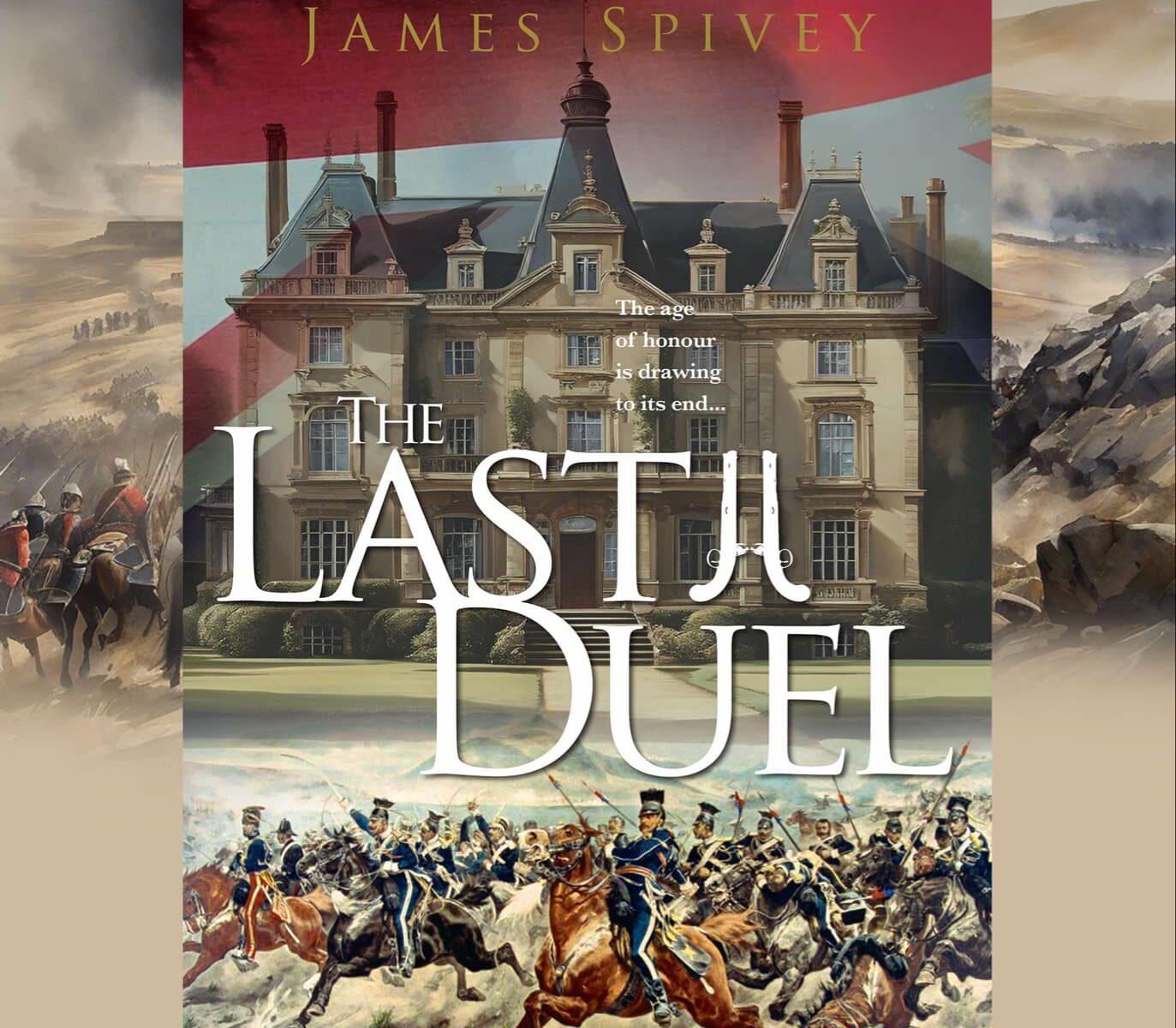
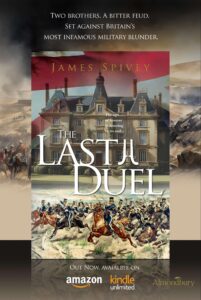 The Last Duel by James Spivey: a review
The Last Duel by James Spivey: a review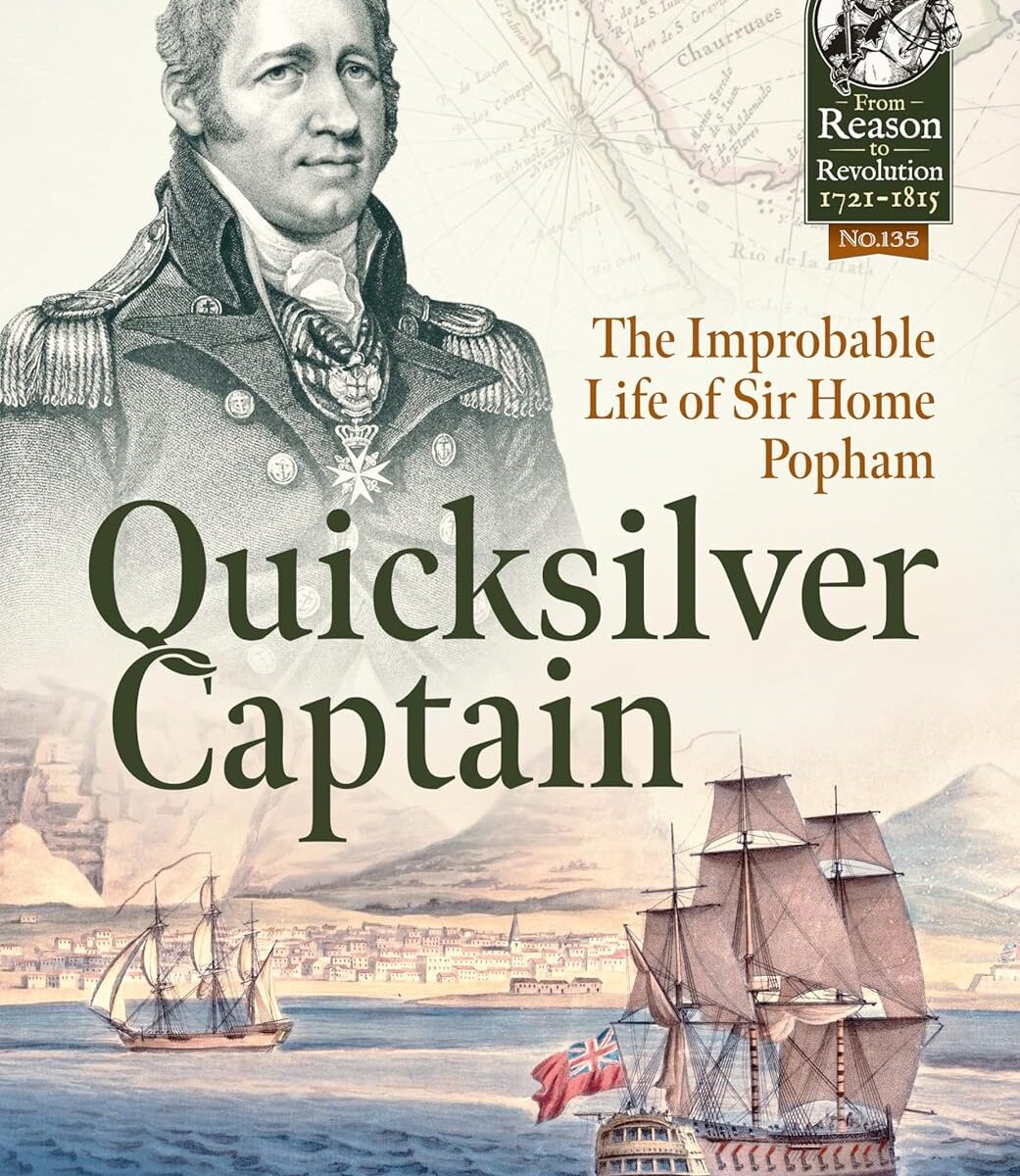
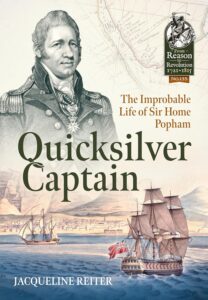 Quicksilver Captain by Jacqueline Reiter is
Quicksilver Captain by Jacqueline Reiter is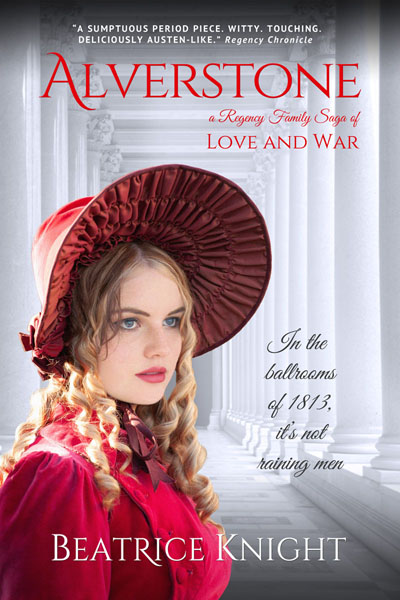
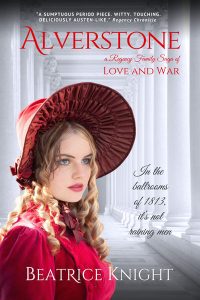
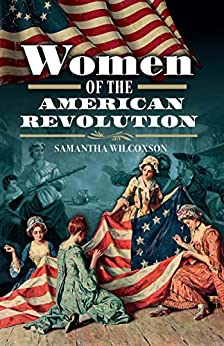
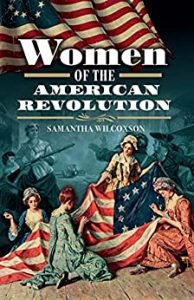
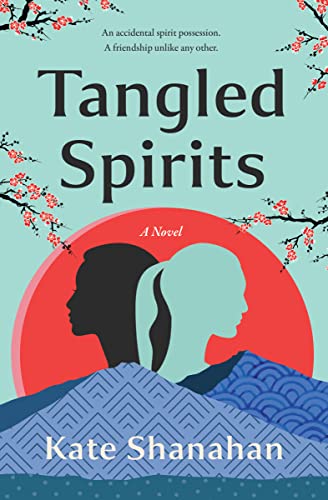
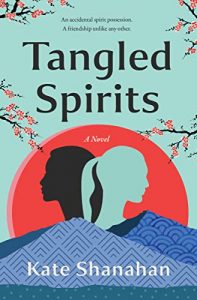 Tangled Spirits by Kate Shanahan
Tangled Spirits by Kate Shanahan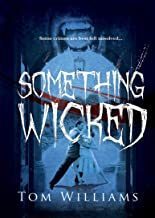
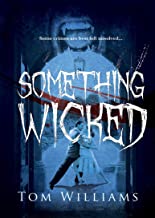 Something Wicked by Tom Williams
Something Wicked by Tom Williams